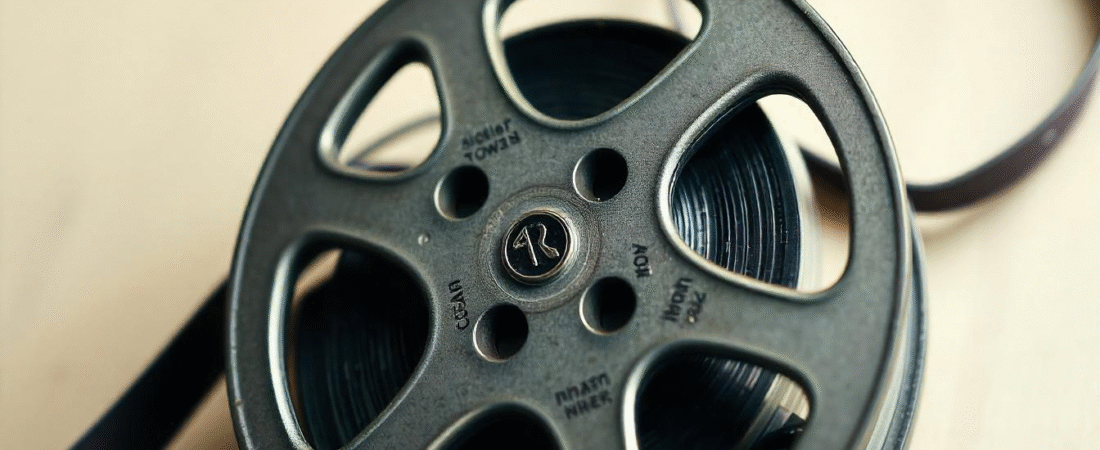Introduction
Some stories were never meant to disappear.
But many have — not because they were forgotten, but because they were trapped in contracts.
In today’s age of instant access, we often assume that all valuable films are just a click away. But behind that illusion of abundance lies a deeper truth: countless cinematic works—many of them culturally, artistically, or historically significant—remain inaccessible.
Not for lack of technology.
Not for lack of interest.
But because of one persistent, often invisible barrier: film rights.
Even with the tools to restore and share our visual heritage, we’re forced to ask:
What good is progress if the stories that shaped cinema remain locked behind legal walls?
Rights as a Barrier to Restoration
Restoration projects don’t stall due to missing reels or technical limitations. More often, they halt because of legal uncertainty.
Films from the 20th century frequently have fragmented or undocumented ownership. Rights may be split between heirs, absorbed by long-gone companies, or lost across borders. Without a clear green light, archives hesitate to invest in restoration—uncertain whether they’ll ever be allowed to exhibit the final result.
Meanwhile, reels deteriorate quietly in storage, their stories suspended in legal fog.
When Owning the Reel Isn’t Owning the Film
One of the most critical challenges in preservation today is the mistaken belief that owning a physical reel means owning the film itself.
In reality, possession of the object doesn’t grant permission to copy, exhibit, restore, or distribute. The intellectual property—scripts, direction, performances, music—often belongs elsewhere: to estates, former producers, or multiple co-rights holders.
We can save the film physically—but not bring it back to life legally.
For institutions like CRC, this disconnect can derail projects, consume resources, and prevent access to works that should be part of public memory. Unless there is clear legal clearance, the restored film remains unseen.
This issue calls for more than awareness—it demands standards, reform, and education.
A Commercially Untapped Goldmine
Unresolved film rights don’t just limit preservation—they block commercial opportunity.
Streaming platforms thrive on content variety. Many classic and regional films could serve niche markets or reignite cultural interest. Yet they’re left out due to legal risk. Distributors avoid what they cannot verify. Rights holders, in turn, lose the chance to revive assets that still have market value.
The result?
Audiences are served the same recycled titles, while the long tail of cinema remains locked away—valuable but unreachable.
When Films Can’t Be Taught
In classrooms, the consequences become even more visible.
Educators struggle to find clearance for films that are key to cinematic innovation, genre shifts, or regional movements. These films are not outdated—they’re essential. Yet they can’t be shown, streamed, or studied legally without verified rights.
A generation of filmmakers and scholars grows up without full access to the very works that could shape their understanding of the medium.
A Shrinking Cultural Dialogue
Cinema is more than entertainment—it’s a cultural language. Every frame carries memory, perspective, and identity. But when access is limited by legal opacity, we create a narrower, less inclusive story of global cinema.
What’s lost:
- Regional voices
- Artistic movements
- Cross-cultural reflections
What survives:
Only the most easily licensable stories, often repeating the same cultural narratives over and over.
The Way Forward: Reform, Collaboration, Clarity
To preserve and reintroduce the full range of global cinema, the industry must move collectively:
- Legal reform to address orphan works and expired licensing frameworks
- Transparent rights registries to ease research and reduce duplication
- Public-private partnerships that combine funding, restoration, and clearance
- Education for collectors and donors on the difference between physical and IP ownership
- Institutional standards that prioritize responsible, rights-respecting restoration
Final Thought: Memory Is a Right, Not a Privilege
Every film that remains unseen due to legal fog is more than a lost product—it’s a lost perspective, a lost voice, a cultural silence.
Technology has given us the power to restore and share stories from every corner of the world. But unless we align that capability with access—ethical, legal, and inclusive—we risk preserving reels, not meaning.
Heritage must not only be saved. It must be seen.
And to make that possible, we must unlock the laws that keep memory in the dark.

